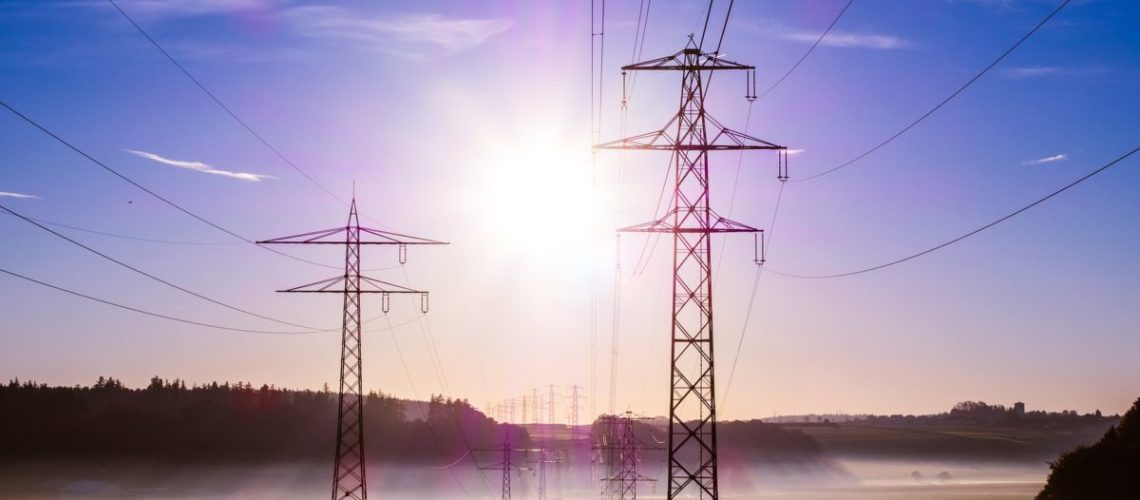Under a U.S. Department of Energy program to promote grid flexibility and resilience, distributed energy resource aggregation projects may seek to share in $1.1 billion in smart grid grants.
The U.S. Department of Energy (DOE) is accepting concept papers for up to $3.8 billion in grants for grid flexibility and grid resilience projects, in the first of several grant cycles that will ultimately total up to $10.5 billion.
One area eligible for grants is distributed energy resource aggregation, said Colin Meehan, project manager of DOE’s Grid Resilience and Innovation Partnership program, in a webinar that drew more than 1,000 participants.
Another eligibility area is grid-enhancing technologies, which could increase transmission capacity and facilitate interconnection of large-scale solar.
DOE expects to award 90 grants across three program areas, and seeks to fund projects that are “transformational” and have a “multiplier effect” that leads to further private sector investment, Meehan said.
Smart grid grants totaling up to $1.1 billion, to enhance grid flexibility, are available to any type of entity, whether for-profit, non-profit, or governmental. The six priority investment areas, according to a webinar slide, include aggregation of distributed energy resources, electric vehicle chargers, or vehicle-to-grid capabilities; grid-enhancing technologies; and providing information between electricity system operators and consumers.
Meehan added that secure communications and cybersecurity is another investment area for these grants. The smart grid grants will require cost-share of at least 50% of the grant.
Grid innovation grants totaling up to $1.8 billion will be awarded to state and local governments, Native American tribes, and public utility commissions. DOE’s three areas of interest for these grants are transmission capacity enhancements and renewable energy interconnection; advanced distribution grid assets and functionality; and innovative approaches for improved joint resilience and functionality across transmission and distribution.
For these grants, DOE is seeking proposals that contribute to decarbonizing the electricity system, as well as the broader energy system, Meehan said. Grants will require a minimum cost share of 50% of the grant, and grantees are expected to partner with private sector entities, such as utilities, that can deploy infrastructure.
Grid resilience grants totaling up to $920 million are available to transmission owners, electric grid operators, electric storage operators and electricity generators. Grantees must address at least three of 12 requirements, only one of which relates to electricity storage. The cost-share for these grants is 100% of the grant amount.
Grant applicants must develop a community benefits plan, addressing community and labor engagement; investing in the American workforce; diversity, equity, inclusion and accessibility, and President Biden’s goal that 40% of the benefits of certain climate and clean energy investments must flow to disadvantaged communities.
The grant program is known as the Grid Resilience and Innovation Partnership program. It is administered by DOE’s Grid Deployment Office, which was developed through the Bipartisan Infrastructure Law to focus on transmission and distribution systems, especially demonstration and deployment projects, said Grid Deployment Office Director Maria Robinson.
Further information is available in the program’s funding opportunity announcement.



